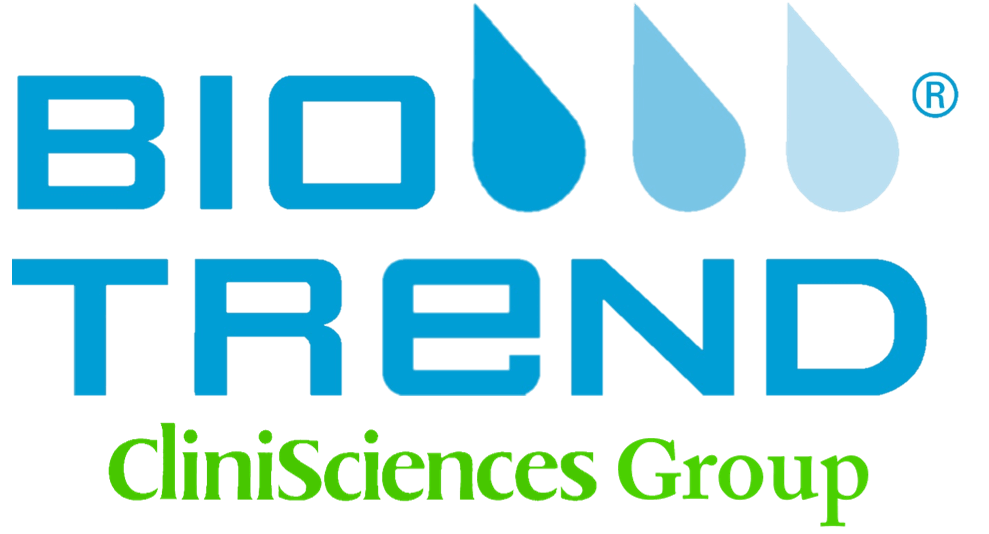CD134 Ligand CD8a, Fusion Protein (Biotin)
Cat# C2515-40G-25ug
Size : 25ug
Brand : US Biological
C2515-40G CD134 Ligand CD8a, Fusion Protein (Biotin)
Clone Type
PolyclonalGrade
Affinity PurifiedApplications
E FCShipping Temp
Blue IceStorage Temp
4°C Do Not FreezeHuman CD134L (OX-40 Ligand) is a type II membrane protein with homology to TNF which is expressed on activated B cells and activated endothelial cells. CD134L is involved with costimulatory activity between B cells and T cells (1). CD134L-muCD8 fusion protein binds to CD134 positive cells in Flow cytometry||Functional Application: CD134L-muCD8 fusion protein binds to CD134 positive cells in Flow cytometry.||Molecular Structure: A soluble molecule consisting of the extracellular domain (132 aa) of human CD134L fused to the extracellular domain (167aa) of murine CD8 alpha.||Transfectant Cell Line: CHO||Applications: |Suitable for use in ELISA, Flow cytometry. Other applications not tested.||Recommended Dilution|Optimal dilutions to be determined by the researcher.||Storage and Stability:|May be stored at 4°C. For long-term storage, aliquot and store at 4°C. Do not freeze. Aliquots are stable for at least 6 months. For maximum recovery of product, centrifuge the original vial prior to removing the cap. Further dilutions can be made in assay buffer.|


